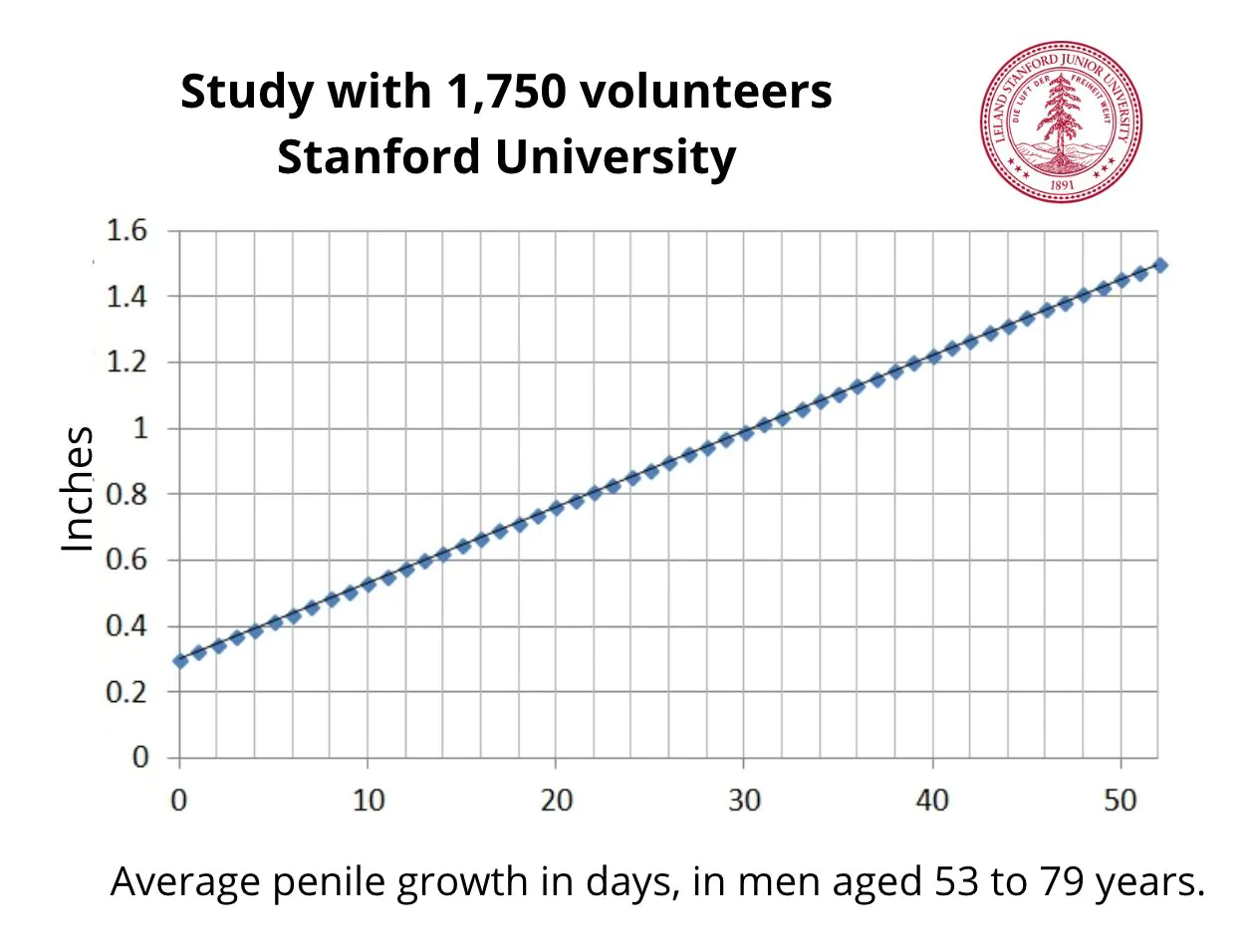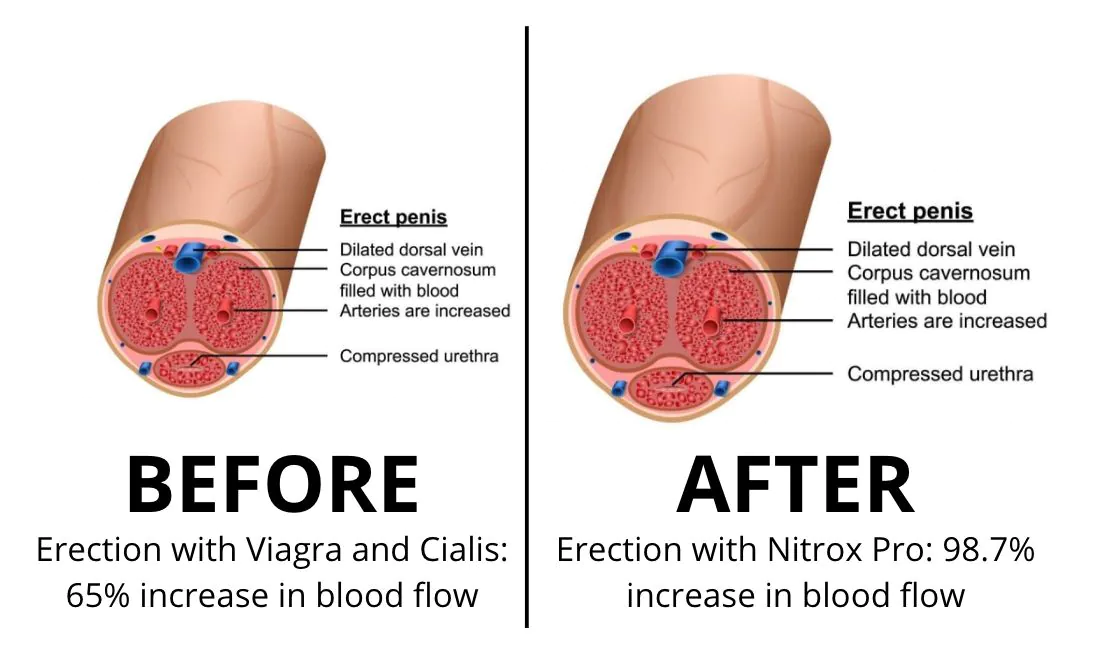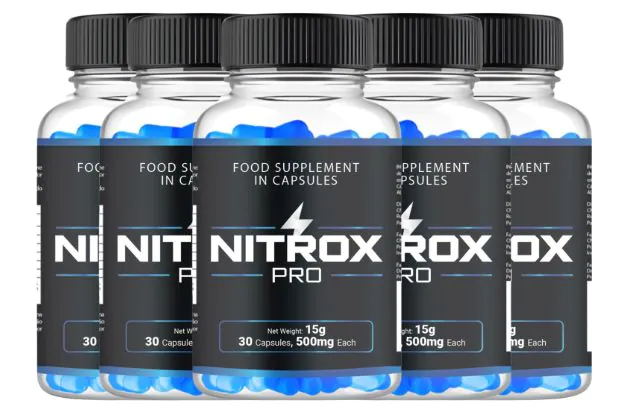Workplace wellness programs significantly impact men’s fitness goals by promoting healthier lifestyles, increasing motivation, and providing access to resources. Strategies like creating engaging activities, offering incentives, and facilitating educational workshops lead to improved physical and mental health, resulting in a more productive workforce.
Workplace wellness programs play a crucial role in enhancing men’s fitness goals. By fostering a health-focused environment, these programs not only improve physical wellbeing but also boost productivity and morale. Many companies are now recognizing the long-term benefits of investing in their employees’ health. In this article, we will explore the various aspects of how workplace wellness initiatives impact men’s fitness journeys, detailing practical strategies and significant benefits.
Understanding Workplace Wellness Programs

Workplace wellness programs are organized initiatives aimed at improving employees’ health and productivity. These programs typically include resources to help workers maintain a healthier lifestyle and achieve their fitness goals.
Components of Workplace Wellness Programs
Common elements of these programs include:
- Fitness Challenges: Encouraging group activities to boost participation and foster camaraderie, like step challenges or team sports.
- Nutritional Workshops: Providing education on healthy eating habits and meal planning to help employees make better dietary choices.
- Health Screenings: Offering assessments that allow employees to understand their health metrics, such as BMI, cholesterol levels, and blood pressure.
- Mental Health Support: Incorporating resources for stress management, including counseling services or mindfulness sessions.
The Role of Management
Effective workplace wellness programs often require support from management. When leaders actively promote wellness initiatives, it shows employees that their health is a priority. This can lead to increased participation and a more positive workplace culture.
Creating a Sustainable Program
For a workplace wellness program to be effective long-term, it should be tailored to the needs of employees. This may include conducting surveys to gather feedback, as well as regularly updating the program based on participation rates and employee interests.
Benefits of Wellness Programs on Fitness Goals

Implementing wellness programs can provide numerous benefits for fitness goals, especially for men. These programs motivate individuals to make healthier choices and pursue more active lifestyles.
Increased Motivation
Wellness programs often feature group challenges or activities. This teamwork can inspire men to push their limits and reach fitness goals they might not have attempted alone.
Access to Resources
Many wellness programs offer access to fitness resources, including:
- Trainers: Professional guidance helps individuals create effective workout plans.
- Nutritionists: Personalized dietary advice can optimize physical performance and promote healthy eating.
- Fitness Equipment: Availability of gym tools encourages regular physical activity.
Improved Health Metrics
Men participating in wellness programs often see improvements in key health metrics, such as:
- Weight Management: Consistent exercise and healthy eating aid in weight loss or maintenance.
- Cardiovascular Health: Regular fitness activities enhance heart health and reduce the risk of heart disease.
- Muscle Strength: A structured workout routine helps build muscular strength and endurance.
Stronger Workplace Relationships
Participating in wellness initiatives can improve relationships among coworkers. Group activities create a sense of community, fostering a supportive environment that enhances both morale and engagement.
Men’s Health and Wellness: A Deeper Dive

Men’s health and wellness encompasses physical, mental, and emotional well-being. In today’s workplace, addressing these aspects is crucial for supporting men in achieving their fitness goals.
Physical Health
Physical health plays a vital role in overall wellness. Key components include:
- Regular Exercise: Engaging in at least 150 minutes of moderate exercise weekly can improve stamina and strength.
- Preventive Healthcare: Regular check-ups and screenings help monitor health issues before they become serious.
- Healthy Habits: Incorporating nutritious foods and avoiding excessive alcohol and tobacco boosts overall fitness.
Mental Health
Mental health is equally important. Stress management techniques are essential practices:
- Meditation: Mindfulness practices can reduce stress and improve focus.
- Work-Life Balance: Setting boundaries between work and personal life helps decrease burnout and increases job satisfaction.
- Social Connections: Maintaining relationships with friends and family enhances emotional well-being and provides support.
Emotional Wellness
Emotional wellness involves understanding and managing feelings:
- Awareness: Recognizing emotions helps in addressing them constructively.
- Expression: Sharing thoughts with trusted individuals can lead to better coping strategies.
- Seeking Help: Professional counseling can provide valuable tools and support when facing challenges.
Why it Matters
A comprehensive approach to men’s health and wellness helps create a more productive workforce. When employees feel their physical and mental well-being is supported, they are more likely to engage in wellness programs and achieve their fitness goals.
Strategies to Maximize Fitness Through Workplace Wellness

To maximize fitness through workplace wellness programs, various strategies can be implemented that engage employees and promote a healthier lifestyle.
Creating Engaging Programs
To keep employees motivated, programs should be:
- Interactive: Incorporate hands-on activities such as group workouts or fitness challenges that encourage participation.
- Varied: Offer different types of fitness activities, like yoga, strength training, and team sports, to cater to diverse interests.
- Accessible: Ensure programs are available to all employees, considering different fitness levels and schedules.
Incentives for Participation
Providing incentives can increase participation rates:
- Rewards Programs: Offer prizes for achieving fitness milestones, such as discounts on gym memberships or gift cards.
- Recognition: Highlight employee achievements through newsletters or bulletin boards to motivate others.
- Flexible Hours: Allow employees to adjust work schedules to fit in fitness activities during the day.
Education and Awareness
Educational workshops can enhance awareness about health and wellness:
- Nutrition Workshops: Teach employees about healthy eating habits and meal planning.
- Health Challenges: Organize competitions that promote knowledge about fitness and well-being.
- Mental Health Resources: Provide sessions on stress management and work-life balance to foster overall wellness.
Supportive Environment
A workplace culture that promotes wellness is essential:
- Peer Support: Encourage employees to form groups for accountability and motivation.
- Management Involvement: Leaders should actively participate in wellness initiatives to show commitment and inspire others.
- A Positive Space: Create a welcoming environment where employees feel comfortable engaging in fitness activities.
The Bottom Line on Workplace Wellness and Men’s Fitness Goals
Workplace wellness programs significantly impact men’s fitness goals by promoting healthier lifestyles and enhancing overall well-being. By implementing engaging fitness initiatives and providing necessary resources, employers can foster a culture of health that motivates employees.
Strategies such as creating engaging programs, offering incentives, and facilitating educational workshops strengthen these efforts. Supporting men’s health through targeted wellness initiatives not only advances their fitness journeys but also contributes to a more productive and positive work environment.
Ultimately, prioritizing health and wellness in the workplace is not just beneficial for employees; it also leads to improved company performance and satisfaction across the board.
FAQ – Frequently Asked Questions about Workplace Wellness Programs and Men’s Fitness Goals
What are workplace wellness programs?
Workplace wellness programs are organized initiatives aimed at improving employees’ health and productivity through various resources and activities.
How can workplace wellness programs benefit men’s fitness goals?
These programs can increase motivation, provide access to fitness resources, and offer support, leading to improved health metrics and overall well-being.
What strategies can be implemented to maximize fitness through workplace wellness?
Strategies include creating engaging programs, offering incentives for participation, providing educational workshops, and fostering a supportive environment.
Why is mental health important in workplace wellness?
Mental health is essential as it affects overall productivity, stress management, and employee well-being, contributing to a healthier workplace.
How can employers support men’s health and wellness effectively?
Employers can support men’s health by providing resources, promoting physical activity, facilitating mental health awareness, and encouraging an overall healthy culture.
What types of activities should be included in wellness programs?
Wellness programs should include a variety of activities such as fitness challenges, yoga classes, nutritional workshops, and stress management sessions.












